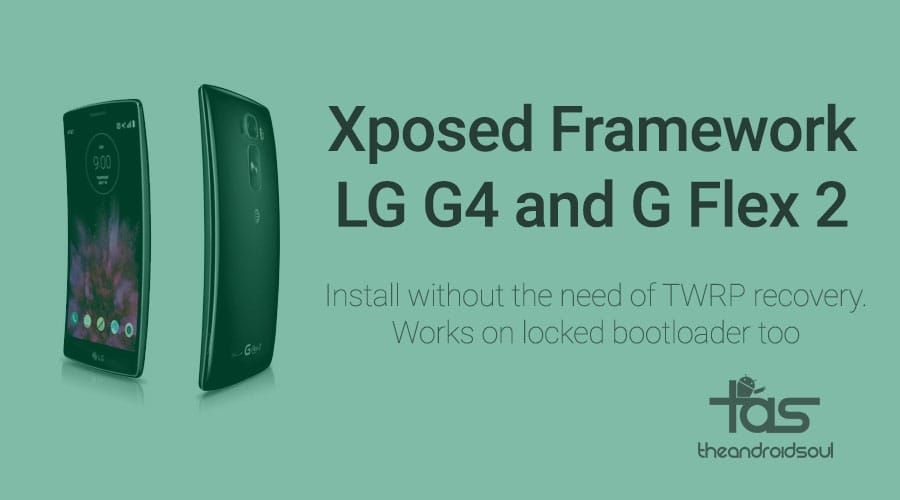Installing Xposed framework post-KitKat is a tedious task, and it’s not a given anymore either that Xposed is compatible with your device be default. And in such circumstances, it’s really great news for lucky LG G4 and LG G Flex 2 users that to be able to use Xposed framework and its modules, they only need root access — and don’t need TWRP recovery, thus no need to have unlocked bootloader either, which is the case with most of the G4s and G Flex 2s.
Btw, it was only today that Samsung Galaxy S6 and S6 Edge got Xposed framework compatibility too — easily another great news of the day. Back to LG devices, it’s been confirmed that this trick is working on AT&T LG G4, Sprint LG G4, Verizon LG G4 and other G4 sets like H815L, H815 SEA and H812.
It has turned out that installing Xposed framework is this simple. Really. All you need to do is flash the Xposed framework available in .zip format using a root-requiring app FlashFire, and then the app has done its job — it takes some very long 30 minutes for this, btw! — just proceed further to install Xposed framework’s APK as you usually do.
That’s it. Do the required reboot, and Xposed should be working now. Download the Xposed modules and enjoy the extra customization and features that Xposed modules bring you. Thank tabp0le over at XDA for this, btw, he’s the one who unearthed this.
Here’s how:
- Root your device: LG G4 | G Flex 2. Search our site for root for these devices. And ask us in comments section below if you need any help with this.
- Install FlashFire App.
- Download required stuff:
- Xposed Framework in .zip format (go for ARM64 build).
- Xposed Framework in usual APK format.
- Open FlashFire app, provide it root access, and use its Flash Zip option to install Xposed framework in .zip format (from step 3.1 above).
→ FlashFire app will take its time, about 30 minutes. So, wait until the app is done. - Now, open any file manager app, browse to where you have Xposed installer in APK format, and tap on it to install it.
- That’s it. Open the Xposed app, enable Xposed from settings, and then give your device a reboot to activate it.
Download Xposed modules and install and use them to begin the fun!












Discussion